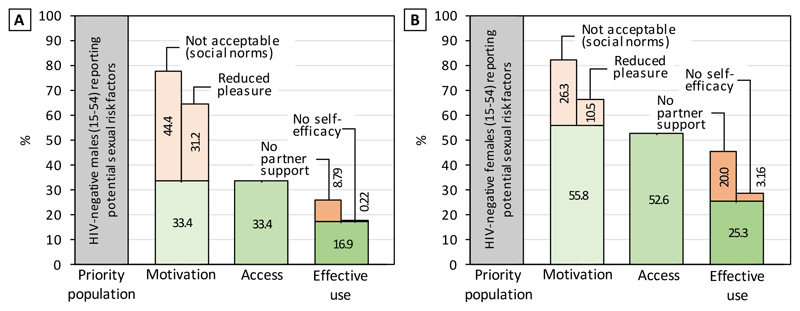Figure 3. HIV prevention cascades following our proposed model for condom use among males and females in Manicaland, Zimbabwe, 2012-13.
The priority populations were HIV-negative males (A) and females (B) (aged 15-54) who were reported sexual activity in the past two weeks and at least one sexual behaviour associated with increased risk for HIV infection (multiple, casual, or concurrent sexual partners). Individuals were classified as motivated if they reported perceiving a risk for HIV infection in the future. Among those classified as motivated, individuals were classified as having access if they reported knowing a place where condoms are available locally. Among those classified as having access, individuals were classified as effectively using condoms if they reported using a condom during every sex act in the past two weeks. Numbers are percentages of the priority population. See supplementary material for details on data and methods.

